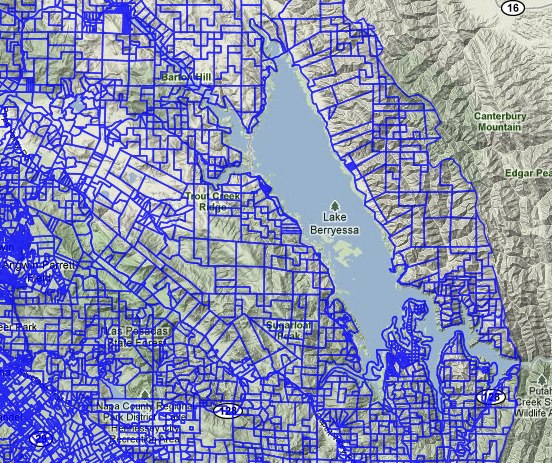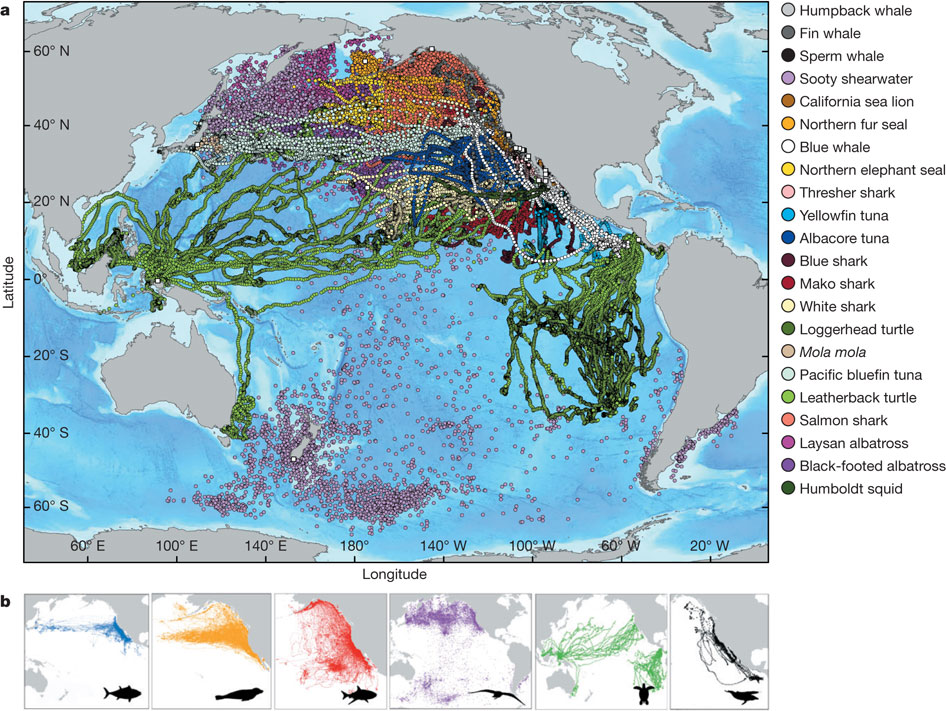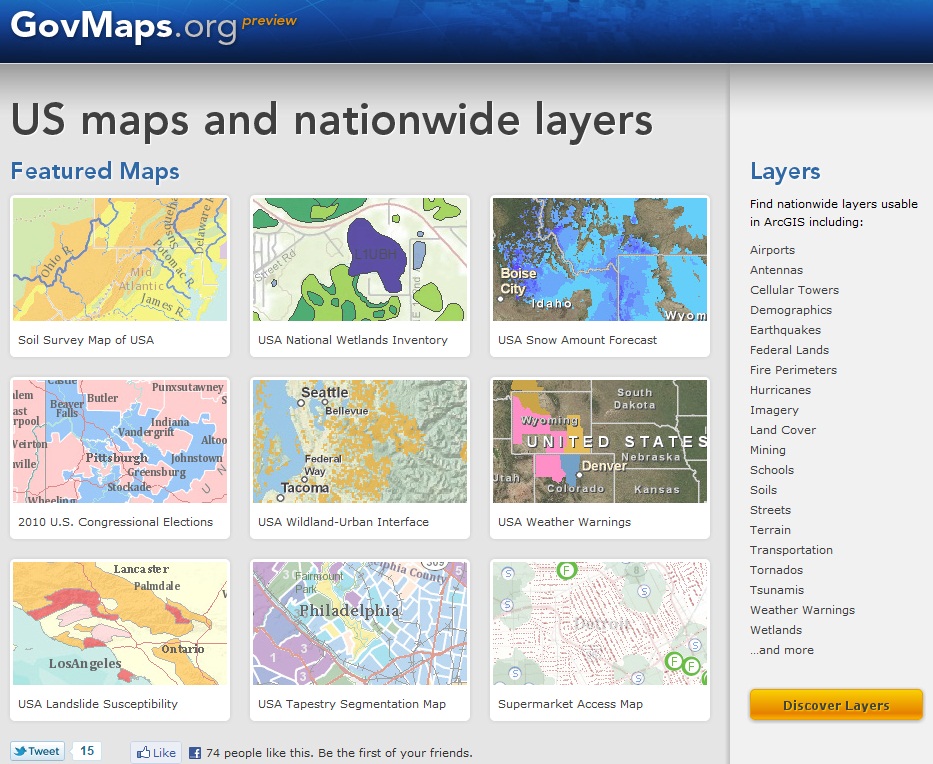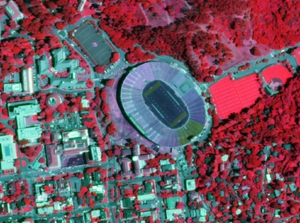Artisan basemap sandwich - a great name for a band, and a new basemap from ESRI
/ An example from southern caliEver admired those lovely muted gray maps from NYTimes and elsewhere that are in vogue now? Subtle, calming, with great figure to ground contrast? Canvases on which your data can pop? I know I have. Now ESRI cartographers add these options to their basemap collection. Read more about it in these posts:
An example from southern caliEver admired those lovely muted gray maps from NYTimes and elsewhere that are in vogue now? Subtle, calming, with great figure to ground contrast? Canvases on which your data can pop? I know I have. Now ESRI cartographers add these options to their basemap collection. Read more about it in these posts:
Esri Canvas Maps Part I: Author Beautiful Web Maps With Our New Artisan Basemap Sandwich, and Esri Canvas Maps Part II: Using the Light Gray Canvas Map effectively.
From Greeninfo Network.







 Google Earth Engine can help scientists track and analyze changes in Earth’s environment and can be used for a wide range of applications—from mapping and monitoring water resources to ecosystem services to deforestation. The idea is to enable global-scale monitoring and measurement of changes in the earth’s environment by providing scientists a vast new amount of data and powerful computing resources.
Google Earth Engine can help scientists track and analyze changes in Earth’s environment and can be used for a wide range of applications—from mapping and monitoring water resources to ecosystem services to deforestation. The idea is to enable global-scale monitoring and measurement of changes in the earth’s environment by providing scientists a vast new amount of data and powerful computing resources.




